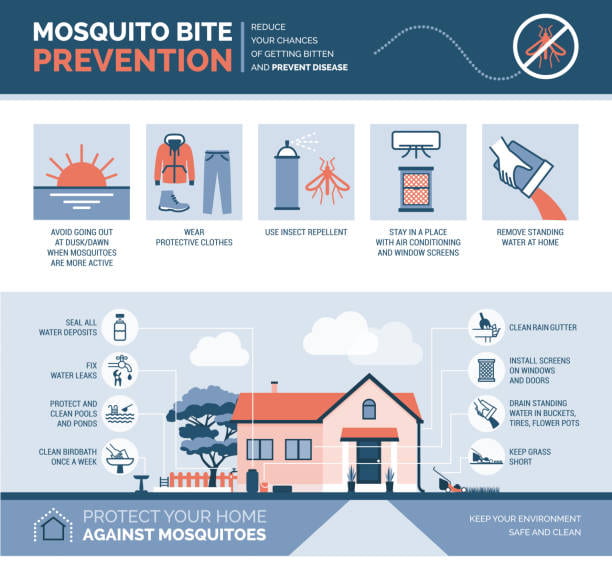“Since malaria is transmitted through the bite of the Anopheles mosquito, environmental conditions are paramount in understanding malaria vulnerabilities” (Austin 2019). Anopheles mosquitoes thrive in temperate climates around the equator where it is warm and humid. “As mosquitoes represent the disease vector for malaria, malaria vulnerabilities are deeply connected to environmental conditions. Even seemingly minor changes to the environment and local ecologies can have profound impacts on mosquito habitats, breeding cycles, biting rates, and other factors that affect malaria transmission. the factors and diverse processes that link forest loss to malaria” (Austin 2019). This makes Sub-Saharan Africa extremely susceptible to large malaria outbreaks by region, and climate change, deforestation, intensive farming, and other environmental factors only worsen the vulnerabilities to these regions. Changes in temperature, humidity, rainfall, and other environmental conditions have an impact on water and the lifespan of mosquitoes which affects malaria transmission.

